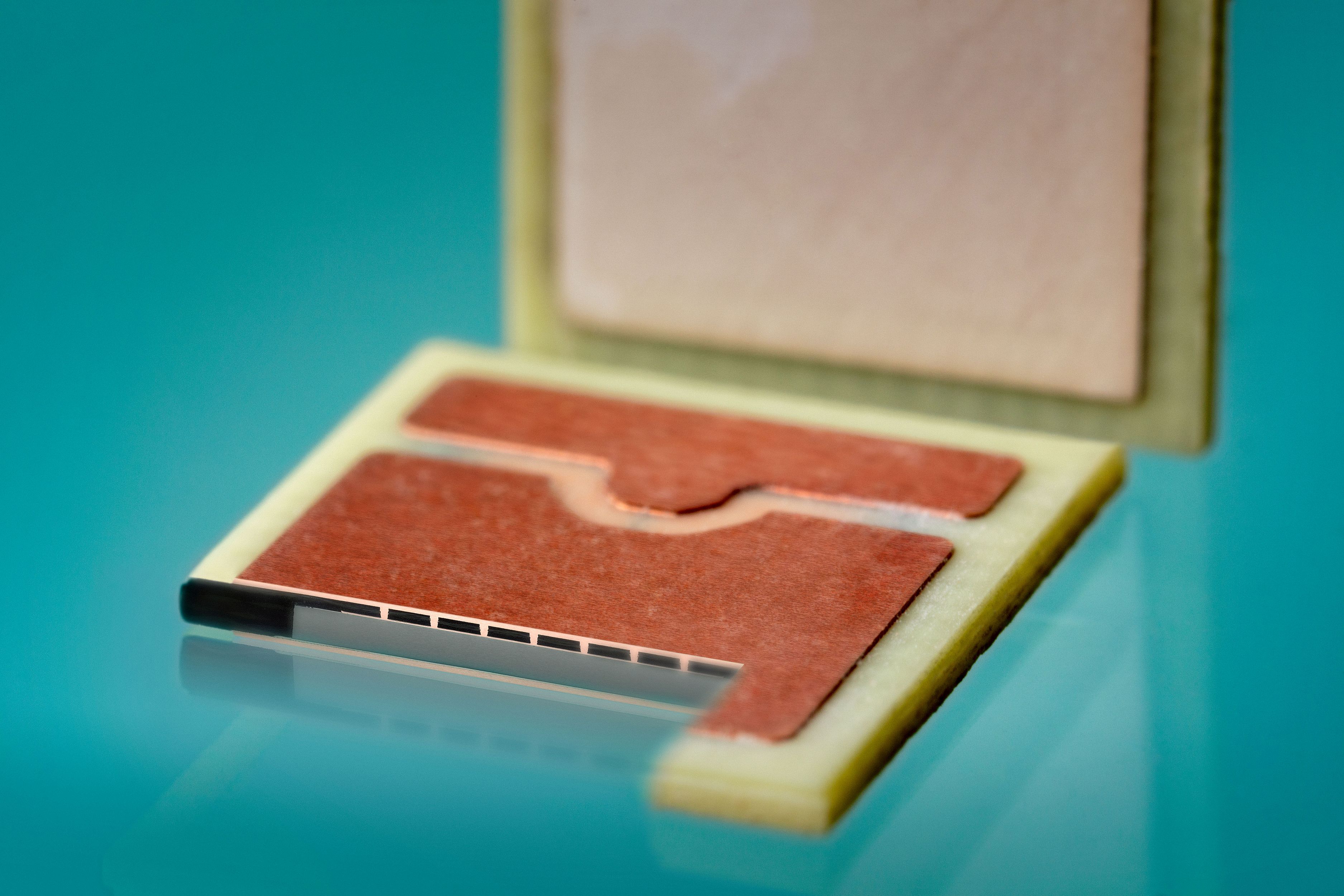Longer ranges for electric cars with silicon carbide
The performance of electric cars depends primarily on the power electronics installed. Semiconductors based on silicon carbide (SiC) play a special role in this context because SiC chips promise longer range, higher energy efficiency, less weight, and lower costs.


When installing electronics for electric cars, the factors of space, weight, and efficiency are the most important. SiC is not only highly efficient; it can also be installed in a particularly compact manner. This is a decisive advantage compared to conventional silicon semiconductors.
New assembly and connection technology The key to SiC´s success lies in packaging. In the SiC Module project, researchers from the Fraunhofer Institute for Reliability and Microintegration IZM and seven other partners from industry and research are working together to develop a robust assembly and interconnection technology that enables the material to be used in large-scale industrial production. For this reason, the module that the researchers are developing is based on a classic printed circuit-board structure that is already established in industry.
With embedding technology towards series production
At the same time, the module incorporates the latest findings from research: the semiconductor is not contacted with a wire bond connection, but is embedded directly into the circuit via a galvanic copper contact. In this way, the cable length is shortened and power conduction is optimized. The research team also involves potential customers in the development process: in the first year of the project, a specification sheet was drawn up together with the project partners, in which the electrical, thermal, and performance- related requirements for the module and semiconductor were defined. Lars Böttcher, group leader at Fraunhofer IZM and sub-project manager for the SiC project, explains: “We are going beyond general feasibility,” because the project is intended to develop more than just a prototype. The goal is to bring both the new semiconductor material SiC and the embedding technology towards series production. The project is funded by Germany‘s Federal Ministry of Education and Research (BMBF) within the framework of the E-Mobility call with a project volume of €3.89 million and runs from January 2018 to December 2020.
Power electronics at the Research Fab Microelectronics Germany
Fraunhofer IZM and six other institutes are part of the Power Electronics Technology Platform of the Research Fab Microelectronics Germany (FMD). Here, the skills are bundled into individual components from the institutes. In this way, a product range covering the entire power electronics value chain – from devices and integration to developments at system level – is created. In an interview, Dr. Andreas Grimm, platform manager for power electronics, talks about the need for energy-efficient components.
Last modified: